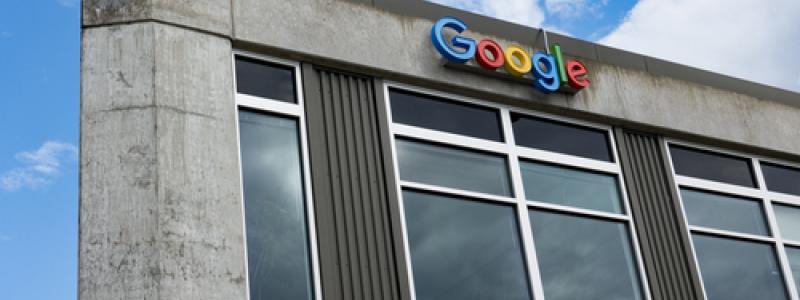Google Looking To Test In 3.5 GigaHertz Band In Two Dozen Markets In The US

Google is currently trying to get approval from the Federal Communications Commission (FCC) in order to conduct some tests in the 3.5 GigaHertz band in up to 24 locations in the United States, including the San Francisco, Boulder, Colorado, and Provo in Utah. According the application filed by Google to the FCC, the end user devices (EUDs) seeking approval for use will be utilized by employees of Google, the company’s contractors, and potentially, a group of certified testers handpicked by Google, with close supervision. Under Google’s proposal, there will be no operations conducted for commercial purposes.
As reported by Business Insider, the initial plan of Google Fiber involved running high bandwidth fiber optic cable directly to residences that its network would cover. However, that process has proven to be too costly, with not much progress. After it has revealed that it has acquired point to point wireless Internet company Webpass, the team behind Google Fiber has began focusing its attention on a new process that would combine current fiber assets with its own wireless tech.
According to a spokesperson for Google, the company is currently exploring the viability of a mobile network that depends on spectrum recently made available. Although the project is still in its infancy phase, Google is looking to have this technology help consumers gain access to more readily accessible Internet services in the near future.
Moreover, Google has also expressed a desire to test narrowband propagation in the 3550 to 3575 MegaHertz range. The company noted that it has already extensively tested propagation in the band via its existing experimental authorization in densely populated locations such as Arlington, Virginia, and Mountain View, California, reporting no interference whatsoever. As stated by Google, it selected the 3550 to 3575 MegaHertz range because it is removed by no less than 75 MegaHertz from the closest adjacent band allotment. Google has had considerable experience in making use of databases to free up available spectrum. Furthermore, it is one of the companies that are making efforts to create a sharing system in the 3.5 GigaHertz band.
Months ago, the FCC had finalized the regulatory structure for the 3550 to 3700 GigaHertz (3.5 GigaHertz) band, which the agency calls the Citizens Broadband Radio Service band. As a result, the 150 MegaHertz of spectrum will now be made available for a wide range of uses. The FCC then extended invitations to certain parties in order to apply to become certified Spectrum Access System (SAS) administrators and Environmental Sensing Capability (ESC) operators. Among the parties that responded included Google, Federated Wireless, CTIA, Comsearch, Amdocs, Keybridge, Sony, and iPosi.
Related Blog Articles
- Former Rovio CEO Named As New Marketing Head Of Nokia
- Alexa Now Helps You Find Your Misplaced Smartphone
- Is It Time To Bid Farewell To 3.5 Millimeter Audio Jacks?
- Unlimited Showdown: Sprint And T-Mobile Introduce Competing Unlimited Plans On The Same Day
- Tech Firms Team With The FCC To Combat Robocalls
- AT&T To Offer Roaming Access in Cuba
- Self-Assembling Cellphones, Anyone?
- Walgreens Becomes First Retail Store To Directly Integrate Rewards Points With Android Pay
- More New Emoji Are Coming Soon
- 55 Million Users In The First 30 Days Is Awesome, But Can Pokemon Go Keep This Up?
Related Blog Posts
- Report: AT&T facilities are used for NSA surveillance program
- Tips for achieving a smartphone detox this summer (or at least for a few days)
- Instagram hits 1 billion users; launches new IGTV video uploading service
- Facebook introduces game shows platform, with live interactive vids
- California Democrats combine two separate net neutrality bills


 Menu
Menu